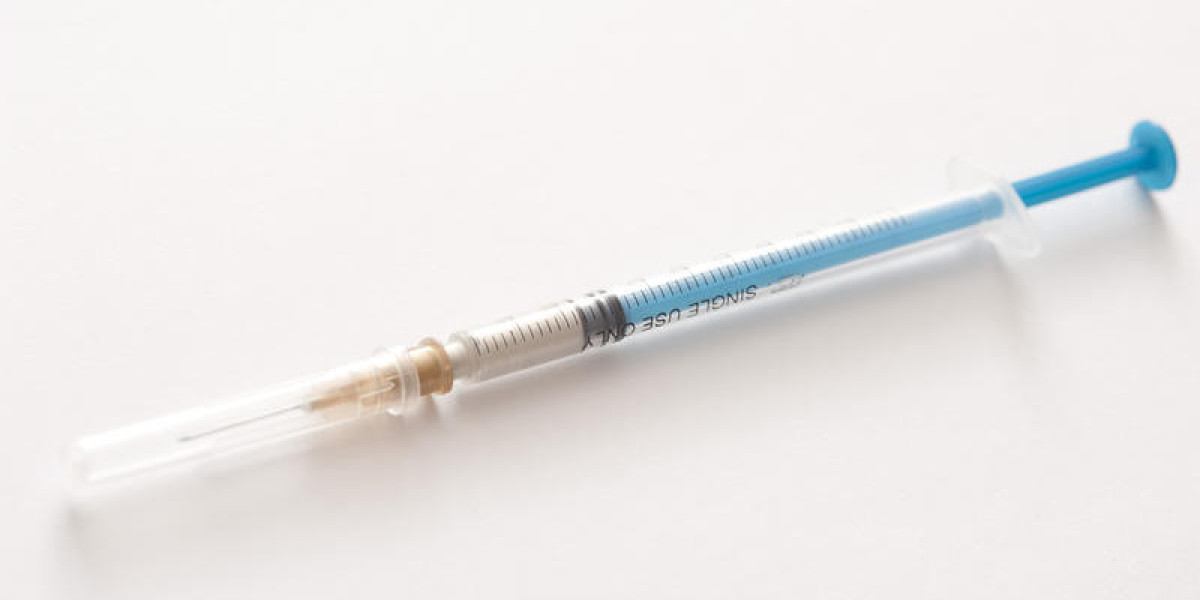The antimicrobial dressing market is experiencing significant growth due to the increasing prevalence of chronic wounds, surgical site infections, and rising awareness of advanced wound care solutions. As healthcare providers and patients alike seek effective ways to manage wounds, antimicrobial dressings have emerged as a crucial component in the arsenal of wound management strategies.
Market Overview
Antimicrobial dressings are specialized wound care products designed to prevent infection while promoting healing. These dressings often incorporate antimicrobial agents such as silver, honey, iodine, and various polymers that can inhibit bacterial growth. The global market is projected to grow at a robust rate, driven by factors such as an aging population, increased incidence of diabetes, and a rise in surgical procedures.
Technological Advancements
Technology plays a pivotal role in the evolution of antimicrobial dressings. Innovations in materials science and biotechnology have led to the development of advanced dressings that offer enhanced properties compared to traditional options.
1. Smart Dressings
One of the most significant advancements is the introduction of smart dressings, which incorporate sensors to monitor wound conditions in real time. These dressings can provide data on temperature, moisture levels, and even infection markers. By utilizing wireless communication, healthcare providers can receive alerts, enabling timely interventions that can prevent complications.
2. Nanotechnology
Nanotechnology is revolutionizing the antimicrobial dressing market. By manipulating materials at the nanoscale, manufacturers can enhance the efficacy of antimicrobial agents while minimizing side effects. For instance, silver nanoparticles are more effective in small quantities and can be embedded within dressings, providing prolonged antimicrobial activity without the toxicity associated with higher concentrations of silver.
3. Biodegradable Materials
Sustainability is becoming increasingly important in healthcare. The development of biodegradable antimicrobial dressings made from natural materials offers an eco friendly alternative to conventional products. These materials not only promote healing but also reduce environmental impact, appealing to a growing segment of environmentally conscious consumers.
4. 3D Printing
The advent of 3D printing technology allows for the customization of antimicrobial dressings tailored to individual patient needs. This technology enables the production of complex structures that can mimic the natural extracellular matrix, providing optimal conditions for wound healing while delivering targeted antimicrobial properties.
Market Positioning
With the rising competition in the antimicrobial dressing market, effective positioning strategies are crucial for companies aiming to gain a competitive edge.
1. Targeting Specific Patient Populations
Market players are increasingly focusing on niche segments, such as diabetic patients or those undergoing specific types of surgeries. By tailoring products to meet the needs of these populations, companies can enhance their market presence. For example, dressings specifically designed for diabetic foot ulcers are being developed with unique moisture management properties and antimicrobial agents suited to combat common pathogens in this demographic.
2. Collaborations and Partnerships
Strategic collaborations between manufacturers, research institutions, and healthcare providers are fostering innovation. By pooling resources and expertise, companies can accelerate product development and improve clinical outcomes. Partnerships with hospitals and clinics for clinical trials can also provide valuable data to support marketing claims, enhancing credibility and marketability.
3. Emphasis on Education and Training
To ensure successful adoption of advanced antimicrobial dressings, manufacturers are focusing on education and training for healthcare professionals. Providing comprehensive training on the proper application and benefits of these products can lead to improved patient outcomes and increased trust in the brand. Educational programs, webinars, and workshops are becoming essential tools for companies aiming to position themselves as thought leaders in wound care.
4. Digital Marketing Strategies
In today’s digital age, leveraging online platforms for marketing is crucial. Companies are using social media, informative blogs, and educational videos to reach healthcare professionals and patients directly. Digital marketing strategies that highlight the benefits and effectiveness of their antimicrobial dressings can significantly enhance brand visibility and influence purchasing decisions.







